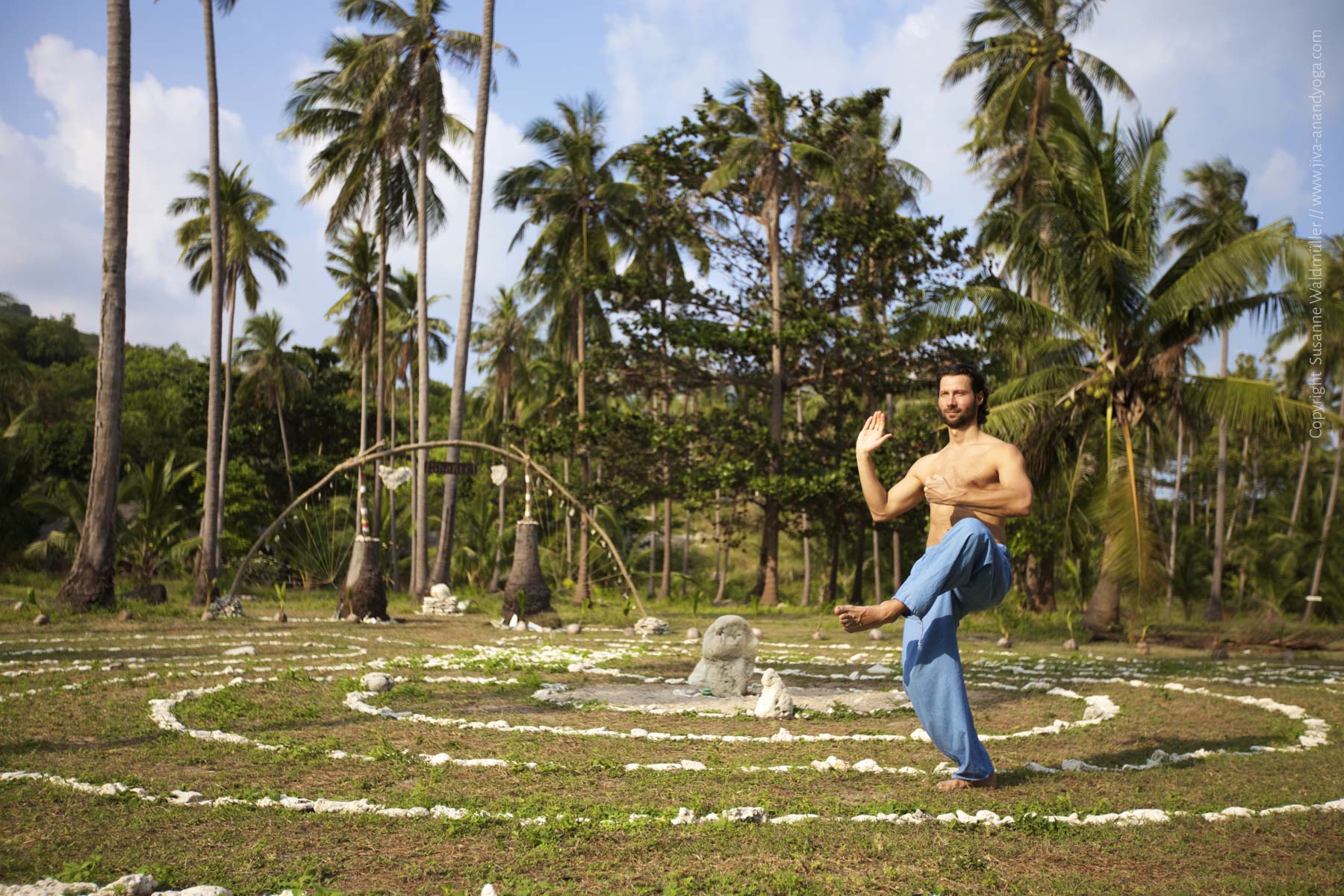Maha Shivaratri
What is being celebrated and why is Shiva is blue…?
Once upon a time a baby boy was born. His parents took him to a vedic astrologer who told them that the child was born under “unlucky stars”. The parents immediately tossed the boy into the ocean where he was swallowed by a fish and came to live in the fish’s belly.
Meanwhile, on Mt Kailas, Parvati asks Shiva to reveal to her the secret practices of yoga, the ones he has never revealed to anyone before. Shiva agrees, but for privacy’s sake, takes Parvati to his secret cave beneath the ocean, sits her on his lap, and begins to expound the secret teachings of yoga that he has never revealed to anyone before. Parvati is so enchanted by Shiva’s teaching that she soon falls asleep and misses many of the important details.
However, a fish in the ocean is swimming near to where Shiva and Parvati sit so he can hear Shiva’s discourse on yoga. Inside the fish’s belly, the boy is listening intently to every word Shiva says and receives a transmission of the teaching of yoga. Shiva blesses the boy, names him Matsyendra, the “Lord of the Fishes”, and encourages him to practice the yoga techniques he has just described. Matsyendra practices yoga diligently for the next twelve years within the fish’s belly until he has mastered all the techniques, and then emerges to become the world’s first yoga teacher.
Some years later Matsyendra visits a woman who is childless and desperate to conceive. He gives her some ashes and tells her if she eats the ashes she will have a child. When Matsyendra leaves, the silly woman throws the ashes on the village cow dung heap. Twelve years later Matsyendra returns to the village and seeks out the woman he gave the ashes, eager to find out if his remedy has worked. The woman shamefully admits that she threw the ashes on the dung heap. Matsyendra orders her to take him to the dung heap right away. Underneath the cow dung, Matsyendra discovers a beautiful 12 year-old boy performing impeccable sadhana that he had practiced at birth. Matsyendra sprinkles ashes on the boy and names him Goraksha—“cow ash”. As it turns out, Goraksha is an even better yogi than Matsyendra.
Some years later, Matsyendra, who has a beautiful physique from doing his yoga asanas, is captured by a band of notorious yoginis and forced to become their sex slave. Matsyendra soon falls into utter dissipation and has to be rescued by Goraksha. Matsyendra is so far gone that he has totally forgotten his yoga practices and has to be reintroduced to them by Goraksha.
They say that all yogis, whether they know it or not, are devotees of Shiva, because yoga was the great gift—the “pearl beyond price”—that Shiva, the compassionate one, gave to humanity to relieve its suffering. Shiva is the original jangalikaye mane—the “jungle physician”— the one who removes the halahala, the poison of this world. When the Devas and Asuras were churning the ocean of milk, seeking the Divine Soma— the nectar of immortality—a vile, blue noxious substance appeared on the surface of the ocean. The fumes of this poison were enough to make both the gods and the demons swoon. Shiva was immediately summoned to drink the halahala and save all of creation. He did so in one gulp. Shiva still holds the halahala in his throat, which has turned blue and earned him the nickname Nilakantha—the “blue throated’.
Maha Shivaratri will be celebrated in India and elsewhere beginning on the night of Thursday February 27th, and in many other places, continuing all night with the chanting of Om Namah Shivaya and the anointing of the lingam, which magically appears at midnight.
This is Shiva’s favorite night of the year and is observed in different parts of India to celebrate Shiva’s marriage to Parvati, the swallowing of the halahala, the emergence of the lingam, and the beginning of Nataraja’s tandava dance—the primordial dance of creation and destruction.
Om Namah Shivaya!
